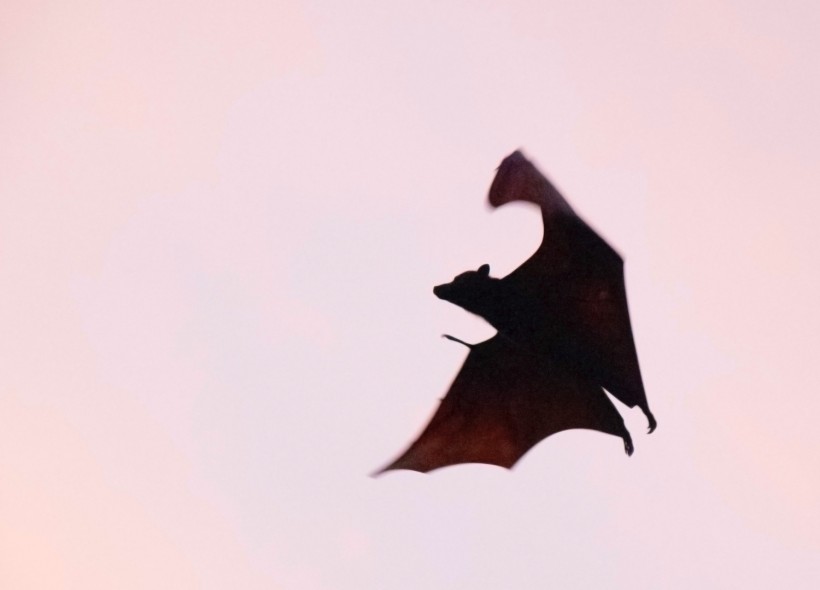Researchers from the University of Bristol's School of Biological Sciences discovered a concerning link between solar farms and bats. In their study published in the Journal of Applied Ecology, they reported that bat activity is significantly lower in solar farms.
The findings could potentially have enduring consequences for the strategic development of renewable energy. More so, it offers fresh insights into the complex relationship between renewable energy technologies and wildlife.

Bats Experience Reduced Activity at Solar Farms, Highlighting Need for Sustainable Energy Planning
Negative Impact of Solar Energy on Wildlife
Renewable energy technologies play a crucial role in meeting sustainable energy demands, which is particularly critical due to the carbon dioxide emissions associated with fossil fuels that contribute to climate change.
According to Phys.org, the global adoption of renewable energy, such as solar photovoltaic power, has surged, contributing to around 30% of worldwide renewable energy generation and experiencing a 25% growth in 2021.
Lead author Lizy Tinsley of the University of Bristol's School of Biological Sciences emphasized the necessity of mitigating the negative impacts of renewable energies on biodiversity to achieve harmonious solutions for both energy suppliers and wildlife.
The research team conducted an experiment involving bat static monitoring equipment placed in both a solar farm field and a control field without solar panels. The fields were carefully matched in terms of size, land use, and boundary features to ensure accurate comparisons.
Bat detectors were positioned at the center and edges of both fields across 19 distinct sites, totaling four recording locations per site. Field boundaries, crucial navigation features for bats, were chosen as a focus due to their significance.
Analyzing the echolocation calls captured at the recording points, the researchers identified bat species and the number of bat passes. Their findings indicated a notable decrease in the activity levels of six distinct bat species, namely the common pipistrelle, noctule, myotis species, serotine, soprano pipistrelle, and long-eared species, at solar farms compared to matched control sites.
Mitigation Strategies Needed To Address Renewable Energy's Impact
Tinsley suggested that due to the significant adverse impact observed, solar farm developments should undergo thorough Environmental Impact Assessments to evaluate ecological consequences.
As Earth.com reported, such assessments would facilitate the design of mitigation strategies and monitoring efforts to counteract these impacts, akin to the approaches taken with wind farms, which have successfully reduced bat mortality through operational adjustments and acoustic deterrents at a minimal cost.
The co-author, Professor Gareth Jones, emphasizes the unique nature of this research, highlighting the limited understanding of solar farms' impact on wildlife, particularly bats, which play a vital role in ecosystem services such as pest control. He expresses concerns about solar farms encroaching on bat foraging areas, potentially leading to collisions and confusion with reflective surfaces.
The research team's next step is to focus on the differences in invertebrate species richness and abundance between matched sites. This study has illuminated the intricate interplay between renewable energy and biodiversity, prompting the need for informed planning and policies that integrate these findings to ensure sustainable development.
RELATED ARTICLE: New Camera- And AI-Based Technology Can Make Wind Turbines Recognize Birds to Pause in Their Flight Path
Check out more news and information on Renewable Energy in Science Times.



![Earth's Quasi-Moon Kamo‘oalewa Could Originate From Lunar Surface Not Asteroid Belt [Study]](https://1721181113.rsc.cdn77.org/data/thumbs/full/53275/89/56/50/40/earths-quasi-moon-kamo-oalewa-could-originate-from-lunar-surface-not-asteroid-belt-study.png)










